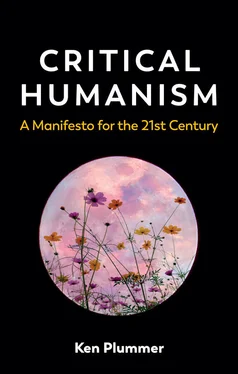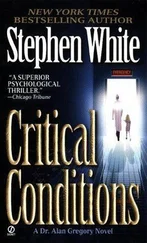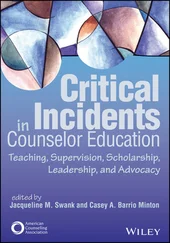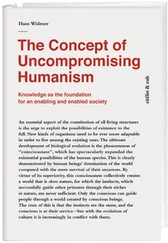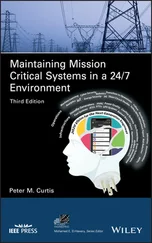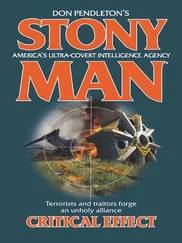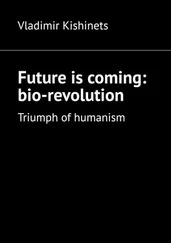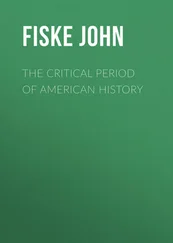Ethnic persons In 1969, the UN International Convention on the Elimination of all forms of Racial Discrimination: https://www.ohchr.org/EN/Issues/Discrimination/Pages/discrimination_racial.aspx.
Disabled persons In 2006, the UN Convention on the Rights of Persons with Disabilities (CRPDS) was adopted, to eliminate disability discrimination round the world (that is, for roughly 1 million people, 15 per cent of the world’s population): https://www.ohchr.org/EN/Issues/Discrimination/Pages/discrimination_disabilities.aspx.
Refugees The 1951 Refugee Convention: https://www.unhcr.org/uk/1951-refugee-convention.html. And its 1967 Protocol, which defines the rights and duties of refugees.
Indigenous persons In 2007, the UN adopts the Declaration on the Rights of Indigenous Peoples (UNDRIP): https://www.ohchr.org/EN/Issues/Discrimination/Pages/discrimination_indigenous.aspx. Publication of a major report, State of the World’s Indigenous Peoples (4 vols, 2009–19). Survival International formed in 1969.
Lesbian, gay, bisexual, transgender persons In 2011, Human Rights Council and Resolutions on Sexual Orientation and Gender Identity: https://www.ohchr.org/EN/Issues/Discrimination/Pages/LGBT.aspx. The Yogyakarta Principles, originally launched in 2007 (UNHRC).
So it is a complex problem. As rights are argued for, so traditional Western modes are established. As rights are critiqued, so they become undermined. And with this, so too the quest for humanity. Critical humanism recognizes the failings of rights theory and work, but claims that human rights have only been taken seriously for a couple of generations. There are many future battles to be fought for the strong and vital future of human rights.
Closely intertwined with ideas of rights are ideas of equality and dignity. Dignity has featured in discussions of humanity over the centuries. Most religions and discussions of ‘human nature’ will at some point raise the issue of human dignity. Closely linked to ideas of honour, dignity involves the right of all people to be equally recognized, respected and given worth as human beings. It is a claim that can be found in Cicero; it is developed in much religious writing; it gets its humanist flourishing from the 24-year-old Pico della Mirandola in his Oration on the Dignity of Man (1486); it is central to Kant’s belief in human agency; and, as we have seen, it has been embedded in most of the fundamental human rights documents since the 1940s: ‘All human beings are born free and equal in dignity and rights.’ Versions of dignity can be found across cultures, originating as a term for those with elevated status from China to Persia, who required respectful treatment, but trickling down from this bourgeois use to the masses.
That said, the idea has many critics. Schopenhauer once called it ‘the shibboleth of all perplexed and empty-headed moralists’, and Nietzsche dismissed it rapidly. These days, it is seen as a relic of essentialist thinking – giving the human a kind of essence. It has gone out of fashion in much thinking, and at its very best is seen as (yet another) contested concept.
Still, we should not be too dismissive too quickly. Dignity shows signs of widespread use today and is undoubtedly central to much thinking about justice and rights. It is also bound up with the value of a human self. It suggests that each individual has the right to be valued and treated well, including the idea of equality of peoples. People are vulnerable and need security from others; they need to be valued. That said, they are often failed by society, in which systems of rank, privilege and status are created that devalue vast swathes of people. Life becomes a struggle for honour and esteem. 53So, as we will see in detail later, the very term ‘dignity’ can also be used divisively: to carve out the dignified and non-dignified, doing terrible things in the process.
Two contemporary thinkers are worth noting here: Christian Smith and Martha C. Nussbaum. Realist sociologist Christian Smith writes from a position often called personalism, claiming that the person and their agency form the prime locus of human studies. He is worth quoting, as he represents one major contemporary stance:
Dignity inheres in the emergent constitution of human personhood … It is inalienable. It cannot be thought or wished away … [It is] an inherent worth of immeasurable value that is deserving of certain morally appropriate responses. Dignity makes persons innately precious and inviolable … The ontology of personhood makes it morally true that persons are creatures worthy of being treated with respect, justice, and love. 54
This is an unusually strong stance. Smith puts dignity at the very heart of his scientific account of what it means to be human. For him, the idea cannot be contested: he takes a strong essentialist line.
Likewise, philosopher Martha C. Nussbaum – indisputably one of the most prolific and central philosophers of humanity 55– weaves her many wide-ranging and influential discussions around the connectedness of human capabilities, human rights, cosmopolitanism and dignity. She does not use the language of essentialism, but it is clear she accords major worth to the idea of human dignity. At the very least, all this means that the idea of dignity should at least be a part of the vocabulary of a critical humanism.
Humanism as transhumanism
The most well-known contemporary debate about humanity is that it is being enhanced and changed out of all recognition by new technologies. This becomes the challenge of transhumanism. Western Enlightenment ideas (and often secular humanism) evolve to show how new digital technologies, artificial intelligence, space travel, etc. are leading to a new humanity. We are becoming a supercharged, superintelligent, machine-based techno-animal. Transhumanism becomes ‘an intensification of humanism’. 56It leads to better health and a longer life, enhances our capacities, and increases our control over minds and bodies. We have already become quantified, data selves. 57But we have further to go: the machine (and singularity) will take over (and probably rightly so!). At its tipping point, we face superintelligence: machines will move far beyond the level of the existing human being. Today’s humanity will be superseded by the hyperintelligence of transhumanism.
Humanism abolished: the posthuman
A final illustrative debate takes all this to an extreme conclusion. Looking disdainfully at humanism (as well as ‘humanitarianism’, ‘rights’ and even ‘transhumanism’), this debate aims to deconstruct these notions and come up with a real alternative. It suggests a posthuman, as opposed to a humancentric, worldview. 58This argument stretches back to the nineteenth century with Nietzsche and Spinoza. It moves forward in the context of two world wars and the Holocaust, with landmark debates between, first, Cassirer, Heidegger, Sartre, Barthes and Adorno, and, later, Foucault, Levinas and more: all, ironically, white European men. Ultimately, it pronounces on the ‘death of man’. It turns active human action and language into discourse performance and text; active human consciousness into a language of human subjectivity. It claims that too much damage has been done in the name of humanism: the very idea has been used to divide groups, and has brought suffering and cruelty to the world in its own name. It was most flagrantly revealed in the horrors of the Holocaust. Here, humanity was used by Nazis and fascists as a weapon to mark out the human from the nonhuman, the civilized from the barbarian, the grand colonizer from the pathetic colonized. Gradually (under the influence of largely male French theory), it morphs itself into the posthuman, against humanity and a sense of universal man. At its most flagrant, humanism is about man not woman. As a major proponent Rosi Braidotti says: ‘Universal “Man” … is implicitly assumed to be masculine, white, urbanized, speaking a standard language, heterosexually inscribed in a reproductive unit, and a full citizen in a recognised polity’ (I might add able-bodied, too). As she wryly asks: ‘How non-representative can you get?’ 59More: it ignores animals and other forms of life. Here we have a humanism of elite and dominant groups working as a dangerous and exclusionary ideology.
Читать дальше
